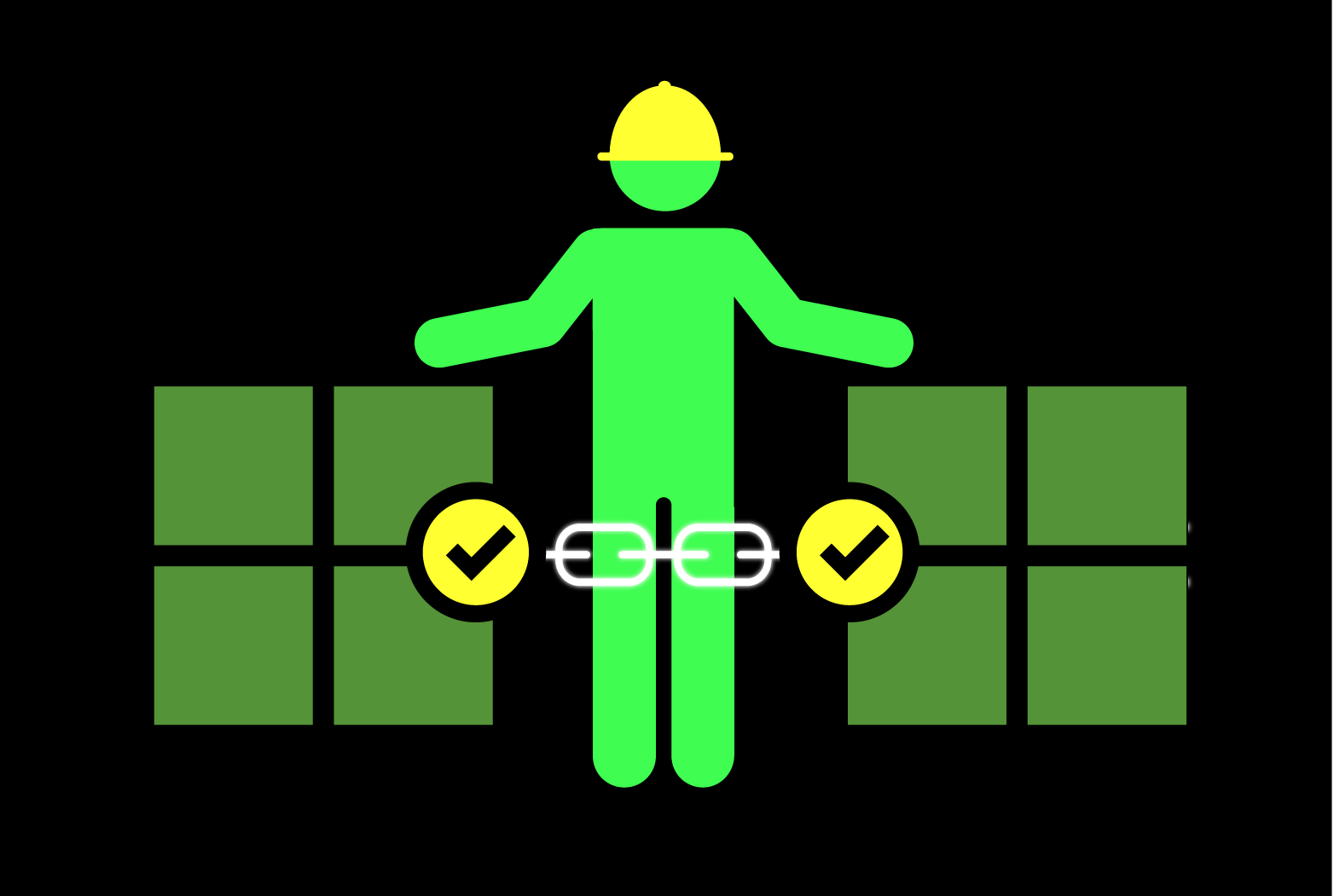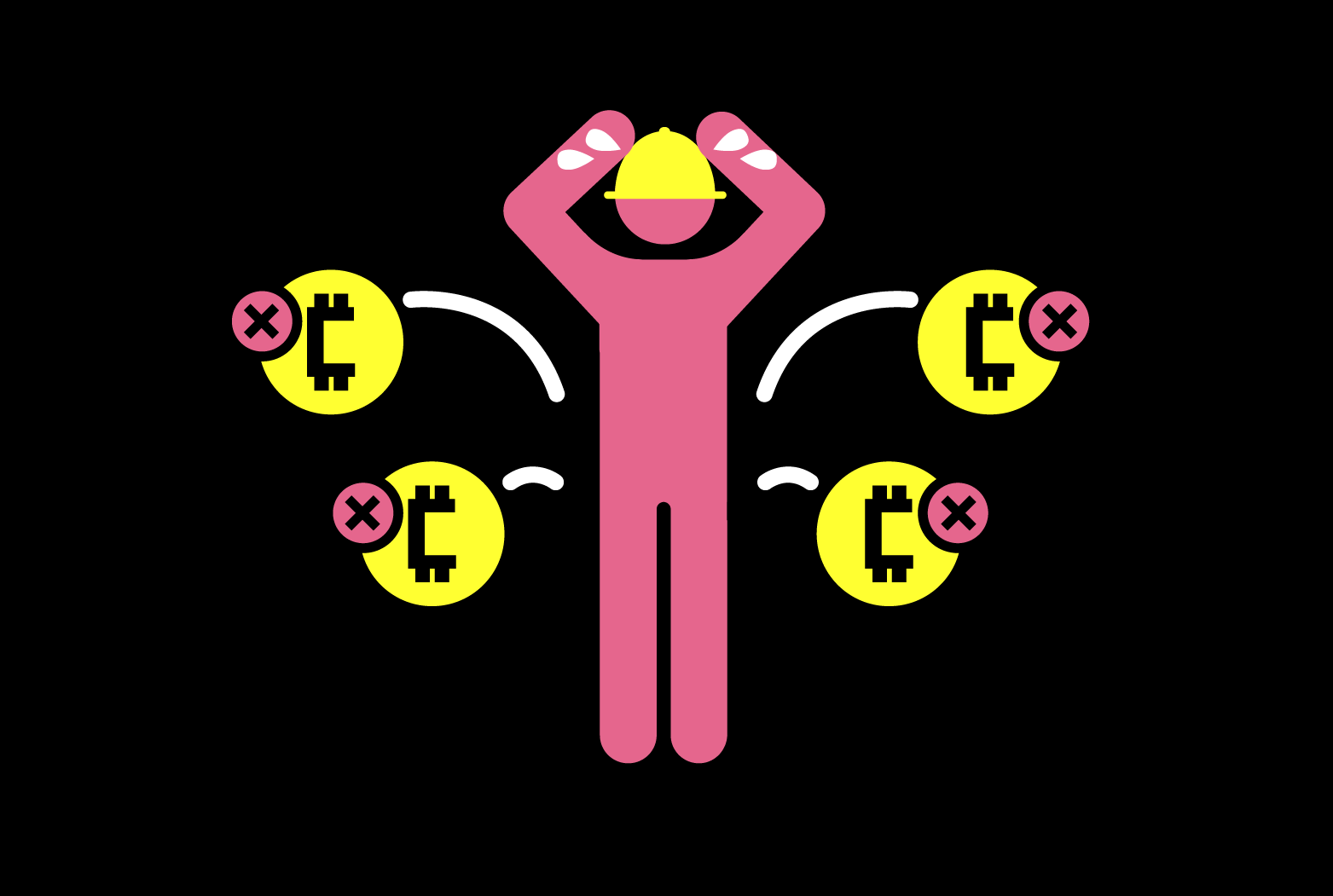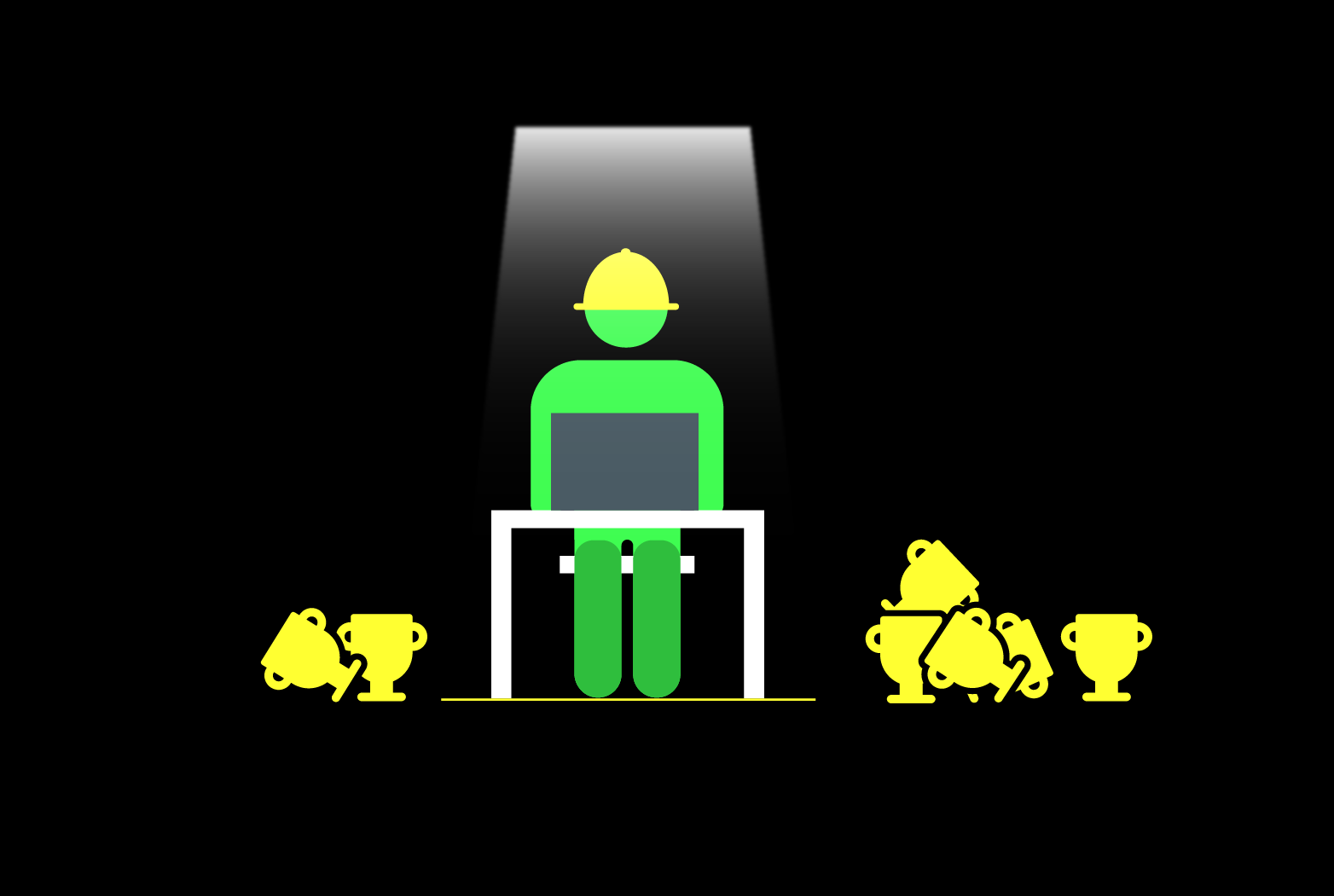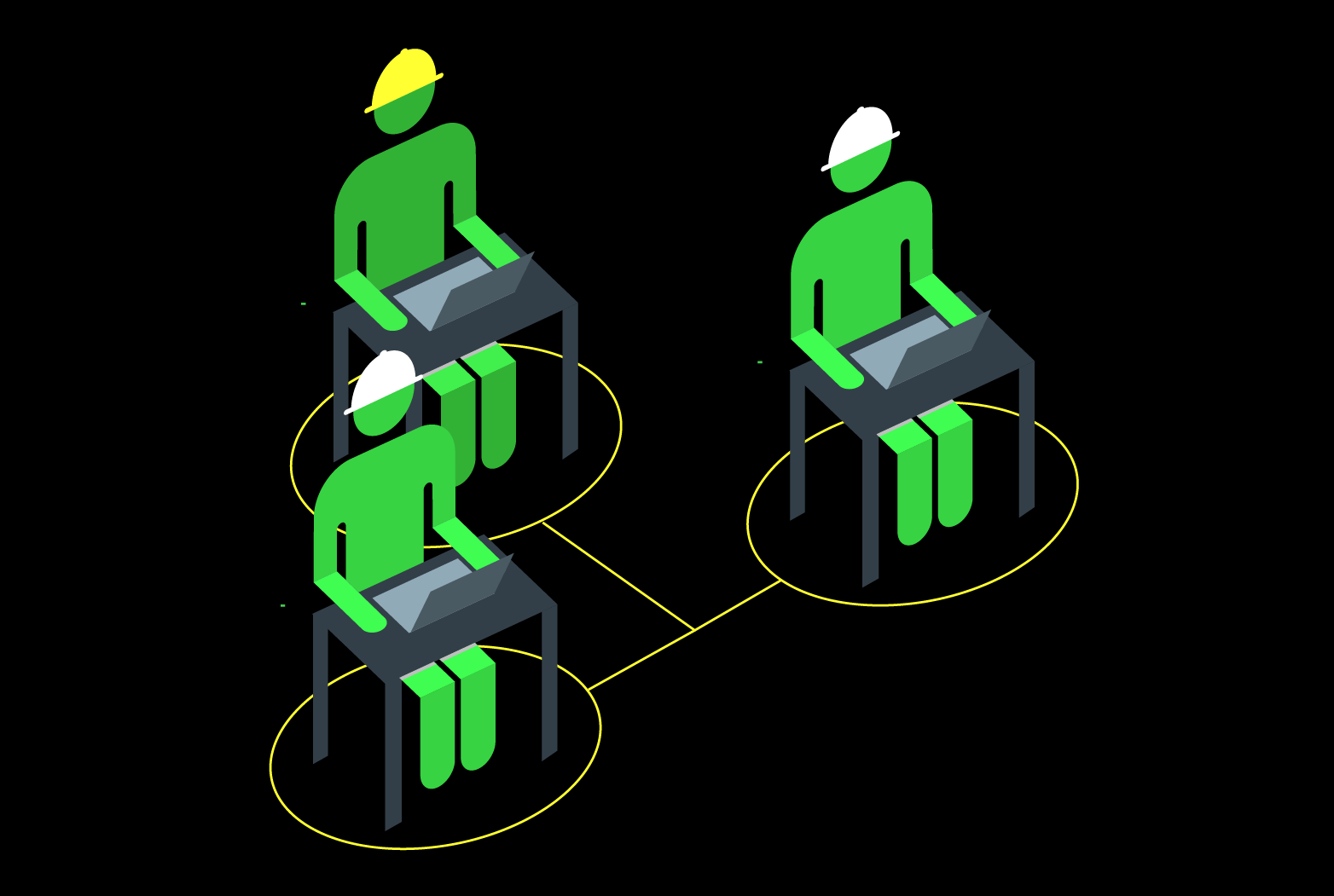Crypto staking explained

What is crypto staking?
Crypto staking is the process blockchain networks like Ethereum and other cryptocurrencies use to validate transactions on the blockchain in exchange for a reward. Both staking and crypto mining are ways to validate transactions on blockchains.
How does crypto staking work?
Crypto staking relies on the proof-of-stake (PoS) consensus mechanism, which means one person is randomly chosen from a pool of willing participants.

1. Users, aka crypto stakers, can stake tokens within the network for a chance to be selected as validators. A user must stake a minimum number of tokens per network requirement to be considered.

2. One validator is chosen at random and is responsible for proposing a new block to the network and updating the ledger in exchange for a block reward. Each new block is signed by its validator.

3. Other validators review the block so they can hold the chosen validator accountable. This way they can ensure the best interest of the network or penalize if malicious activity occurs.

4. While this process is happening, other nodes are continuously cross-checking each other for accuracy. Then, just like crypto mining, the process repeats for the next block.
However, once coins are staked, they are locked, and you cannot use them for anything else until you withdraw them.
Why is crypto staking important?

Verify transactions
Validators are responsible for verifying and batching transactions into blocks. They check the work of other validators, which keeps the blockchain accurate and efficient.

Secure the network
Validators are required to stake their own coins as collateral to discourage malicious activity. If a validator acts maliciously, there are financial repercussions, aka slashing, and a validator can lose some or all of their coins.

Circulate new coins
Rewards are given to the validator chosen because they are responsible for creating new blocks and accurately updating the blockchain ledger.
Crypto staking options
There are multiple ways to participate in crypto staking. Some of the most common methods are solo crypto staking, crypto staking as a service, and pooled crypto staking.

Solo crypto staking
This option allows you to have full control. You’re responsible for operating your own hardware, aka node, and you also get all the rewards if chosen.

Crypto staking as a service
Also known as SaaS, this option allows you to stake your coins but outsource node operations to someone else on your behalf. This service usually has a monthly fee, but you collect the full block reward.

Pooled crypto staking
Crypto staking pools take a collaborative approach that allows users to each stake a smaller amount. Each pool creates a unique smart contract detailing terms, responsibilities, and reward distribution.
The bottom line
Blockchain is the what and crypto staking is the how. Crypto staking is crucial for the security and efficiency of some blockchains. It’s how some cryptocurrencies, like Ethereum, validate transactions and circulate new coins into the market.


 What is crypto staking?
What is crypto staking?